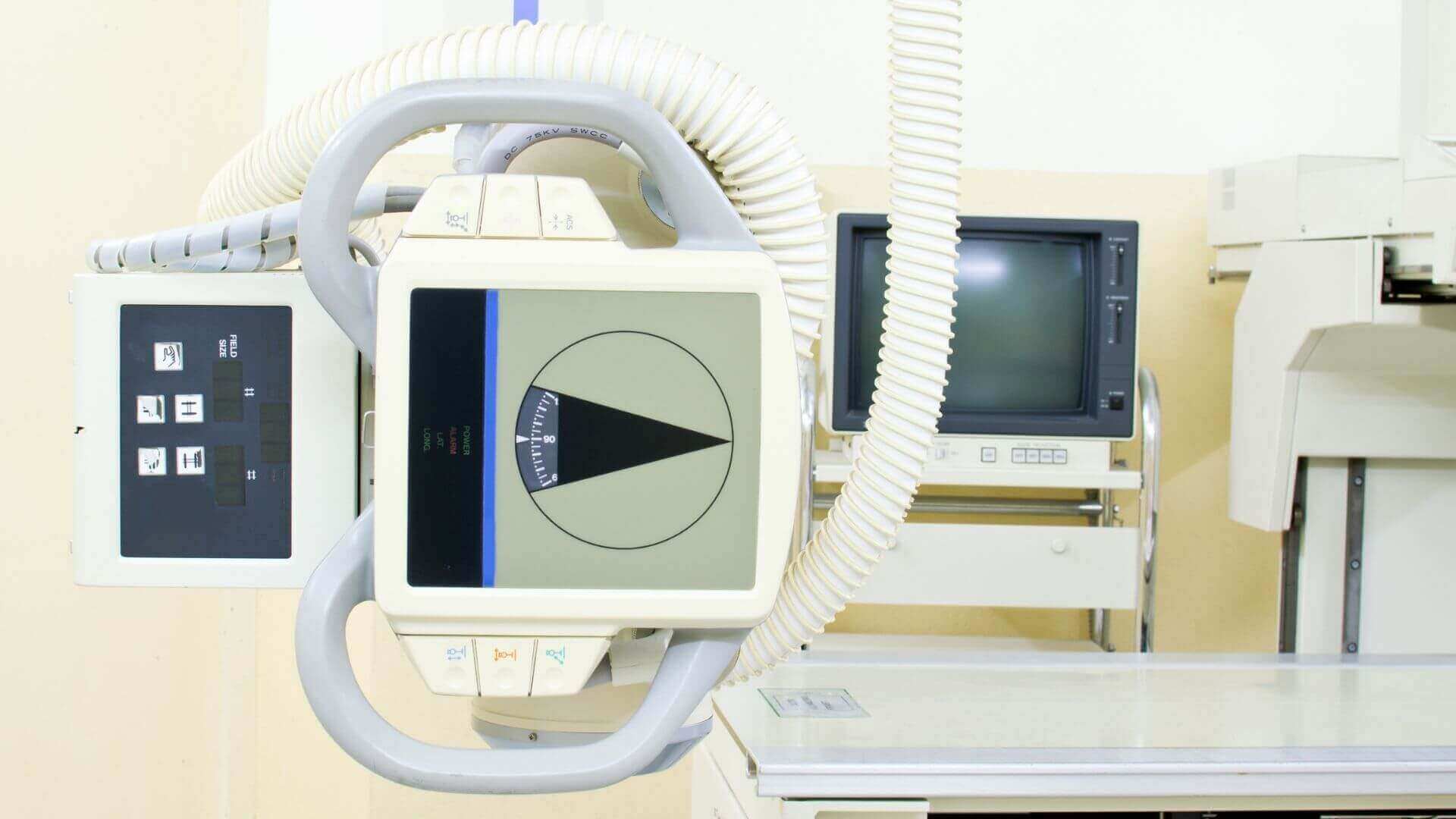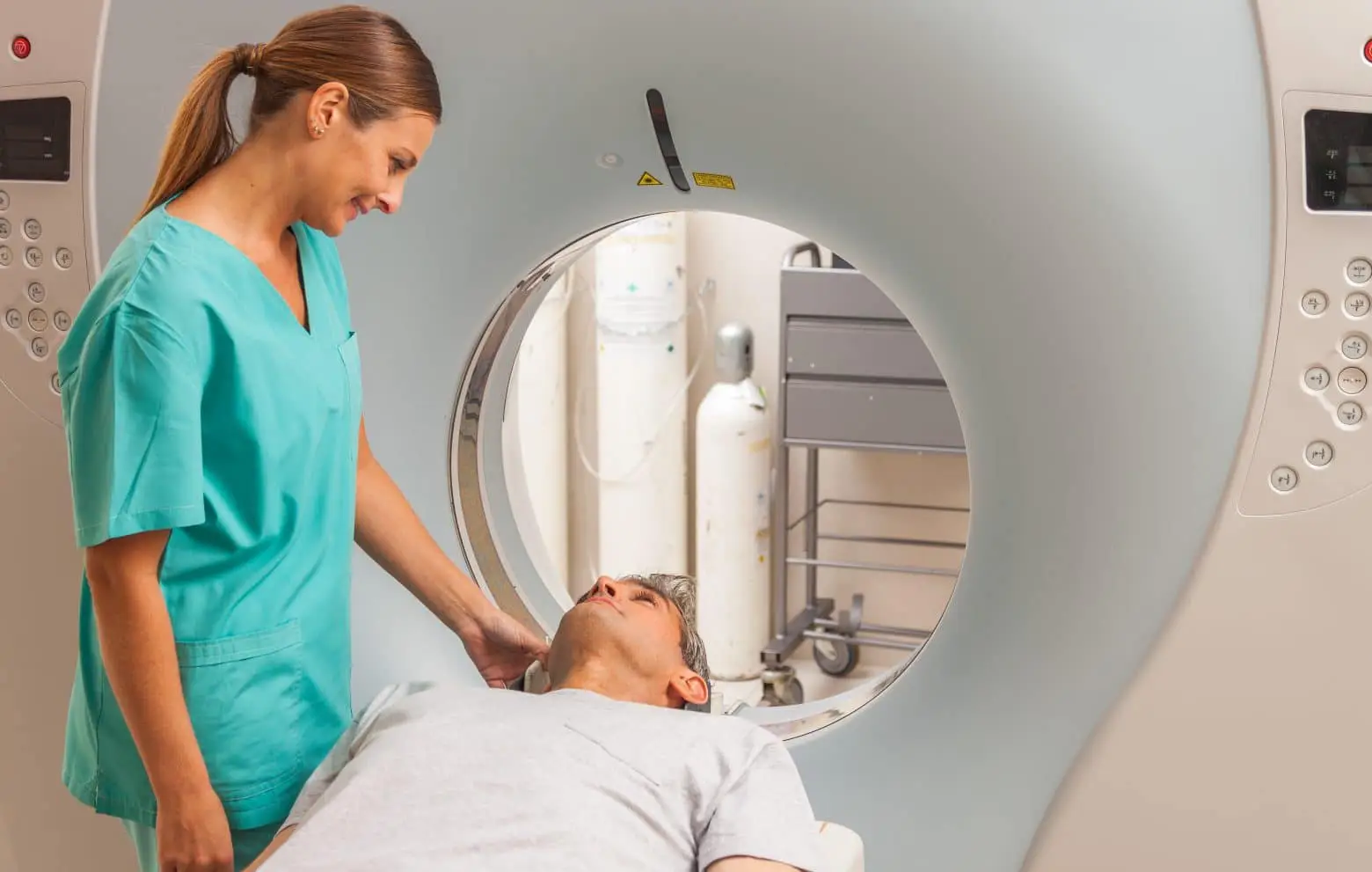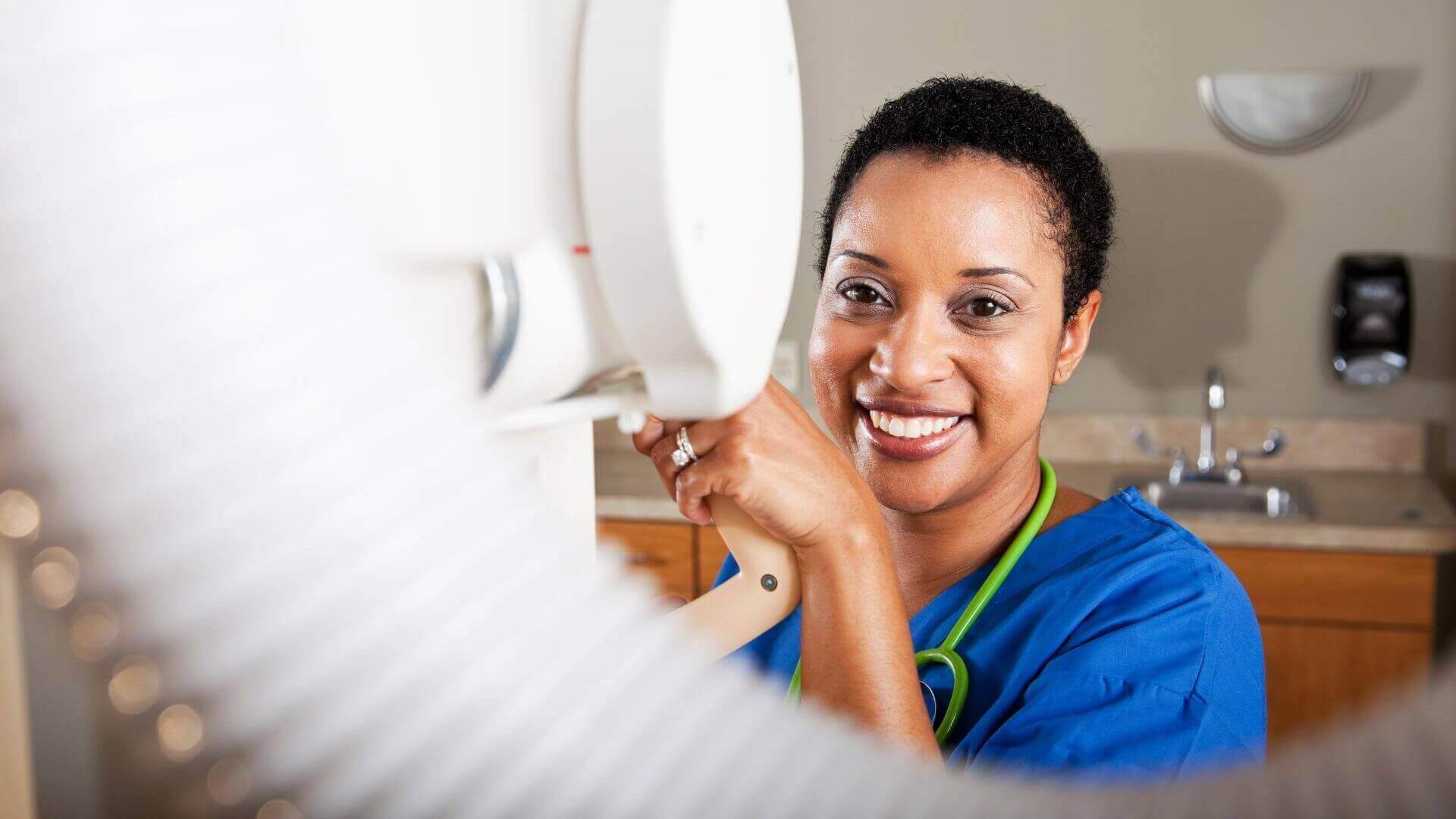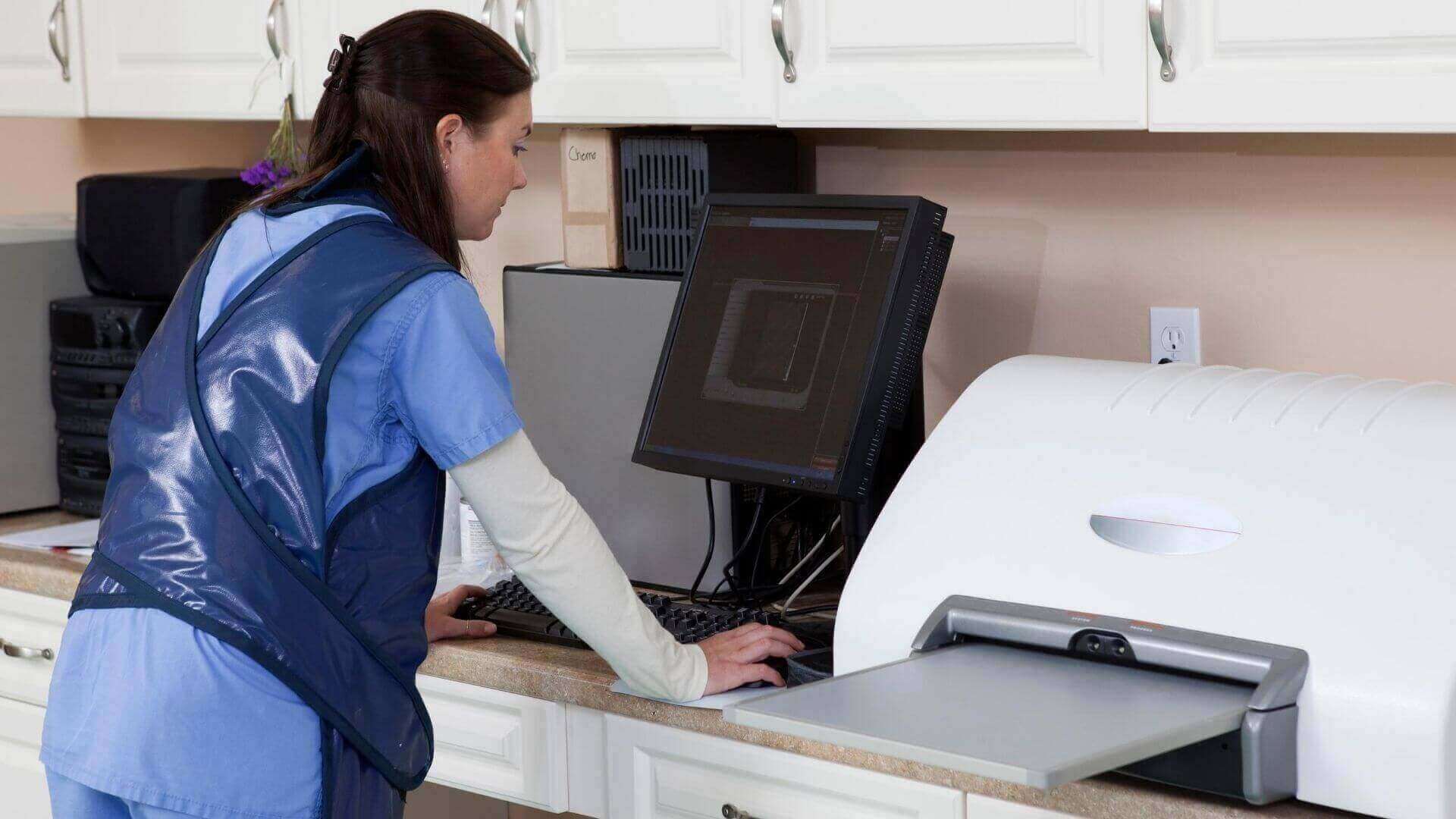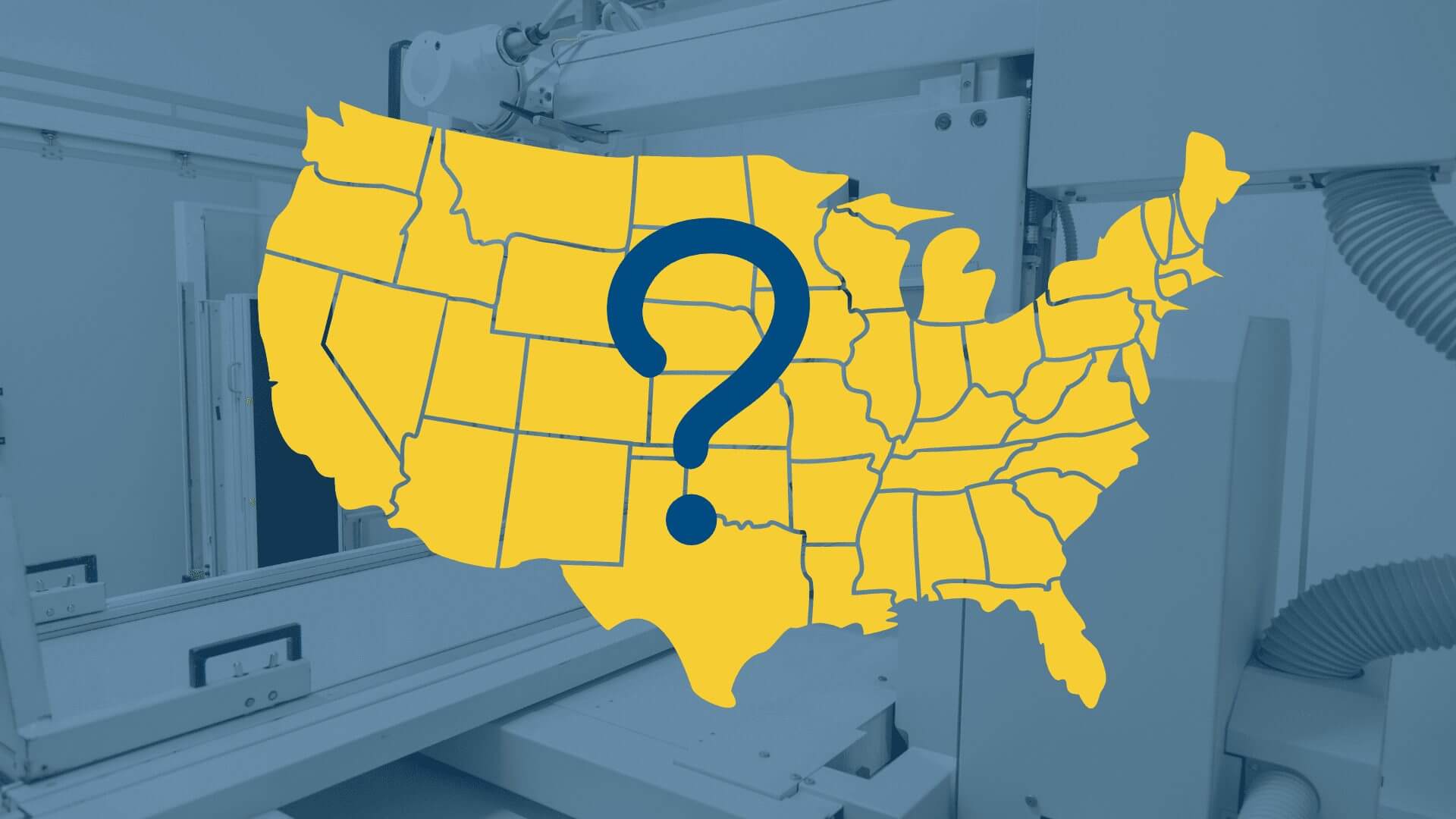Take Some Prerequisites for X-ray Training
Date: August 31, 2022
An excellent X-ray Technology program trains students in core areas, including proper radiographic positioning, patient care, radiation protection, and image production. Not all, but some schools recommend prospective students take additional classes. These can sometimes include subjects in:
- Algebra
- English Written/Oral Communication
- Arts/Humanities
- Information Systems
- Social/Behavioral Sciences
- Natural Sciences.
One, Algebra
Most students have heard the joke, “Dear Algebra, please stop asking us to find your X. She’s never coming back, and don’t ask Y.” Beyond some humor, many don’t appreciate the value of adding symbols and numbers to solve for letters. The discipline fosters reasoning and critical thinking. Learning these axioms can be helpful to would-be healthcare individuals because they teach one how to think critically.
Job objectives in this field require determining which procedures to conduct, why some items require follow-through, or others should be flagged. These professionals test hypotheses using logic to identify potential strengths and weaknesses of alternative solutions and conclusions or approaches to problems.2 A large portion of the X-ray Technology role is observing, receiving, and obtaining information from relevant sources.2 Mathematicians and technicians primarily operate by noticing patterns, categorizing items, estimating, recognizing differences versus similarities, and detecting changes and abnormalities in patterns.2
Two, English 1A
It has been said, “One should never lie to a Medical Assistant with Imaging training because they can see right through you.” In truth, they cannot; effective communication skills are necessary. English courses teach the basics of transmitting and receiving information to and from others in understandable, clear, and concise ways. Job objectives require these hybrid technicians to “effectively communicate with supervisors, peers, and subordinates by telephone, in written form, email, and in-person.”2
Often, the X-Ray Technician must “break results down into layperson’s terms.” Conversely, they may opt to explain procedures with advanced language and complexity when dealing with well-informed patients.
Three, Arts/Humanities
Aside from the adage, “the arts can make one more well-rounded,” research indicates cultural courses also make one more compassionate.3 “One of the essential elements of a human’s education is preparing students to fulfill their civic and cultural responsibilities, transforming students into informed, conscientious, engaged citizens.4
Recent news stories are full of high-IQ people showing scarce empathy. Such headlines seem to make arts and humanities classes more deserving for caregivers. An X-ray technician role requires much more insight than STEM subjects—Science, Technology, Engineering, and Mathematics.4 Healthcare professionals should also excel in the softer disciplines, including compassion and ethics.1
Four, Computers in X-ray Sciences
“What did the X-ray technician say after moving his images to the cloud?” Answer: “These images look a bit cloudy!” While seemingly an industry joke, today’s health professional requires ample computer literacy. Digital imaging involves information transfers across platforms. One must operate and adjust equipment and work within integrated electronic software using multiple platforms. Real-life job objectives include reviewing and evaluating X-rays, videotapes, and computer-generated information to determine if images are satisfactory for diagnostic purposes. Healthcare settings with imaging capabilities typically use the following tools:
- Categorization or Classification Software
- Diagnostic and Procedural Coding Software
- Database user Interface and Query Software
- Medical Software—Medical Condition Coding Software
- Medical Procedure Coding Software
- MEDITECH Software
- Virtual reality Computed Tomography CT Imaging Software
- Presentation Software
- Microsoft PowerPoint Spreadsheet Software
- Microsoft Excel.
Five, Social/Behavioral Sciences
It has been said, “You can’t take an X-ray Technician to a family reunion because all they will see are skeletons.” While laughable, in truth, this professional needs to see much more than internal skeletal structures. They must work with people. More than just machines, images, computers, and data, they are often squarely on the front lines of service, face to face with the most vulnerable and dying.
By definition, behavioral science is “any of various disciplines dealing with the subject of human actions, usually including the fields of sociology, social and cultural anthropology, psychology, and behavioral aspects of biology, economics, geography, law, psychiatry, and political science.”5 Behaviors play vital roles in survival, long- and short-term health, and emotional and physical well-being.6 Knowing how patients deal with chronic disease is essential for effective medical and behavioral treatments. Additionally, hostility, depression, and stress play significant roles in the progression of many chronic diseases.7
An X-ray Technologist doesn’t have to be a Sigmund Freud clone, as realistic objectives include good patient interactions. These include deciphering and interpreting: comments said near death, grimaces made when in pain, the look of embarrassment when they see you know their poor health habits, etc. Wholistic care involves “bookshelf accuracy” and a “caring bedside” manner.1
Six, Anatomy and Physiology
Anatomy and physiology jokes such as, “What did the femur say to the patella? I `kneed’ you,” provide comic relief in healthcare. Beyond jocularity, what is the importance of anatomy and physiology? Primarily, natural sciences form instructional foundations. Like learning a new language before packing one’s suitcase provides a leg up on the journey, natural sciences introduce one to the health and wellness world.
These subjects facilitate familiarizing one with needed definitions for organs, tissues, bones, and bodily systems. They also provide the science for how these systems collectively integrate. I.e., how they are altered by disease (pathology) and how imaging plays a role in diagnosing and managing conditions.8 To understand how radiation interacts with tissue, one needs to understand its constituents.7
Conclusion
While the reading materials or coursework in the above subjects can seem unrelated to one’s goal of becoming an X-ray Technologist, students can go far in equipping themselves with the skills and knowledge required for day-to-day success and service. No matter how basic, the would-be healthcare person does well to arm themselves with a strong background in these foundational subjects.
Citations
1^ a, b Doyle, Alison. 2020. “Important Job Skills for Radiologic Technologists.” The Balance Careers, Dotdash. Feb. 2020. (Accessed 2021).
2 ^ a, b, c, d National Center for O*NET Development. Radiologic Technologists and Technicians. O*NET OnLine. (Accessed Sept. 2021).
3 Cawley IV, Michael J. “The Importance of the Humanities in a College Education.” Education Reform. (Accessed Sept. 2021).
4 ^ a, b Reiter, Christine M. “21st Century Education: The Importance of the Humanities in Primary Education in the Age of STEM.” 2017. Senior Theses 65. (Accessed Sept. 8, 2021).
5 Britannica, T. Editors of Encyclopedia. “Behavioral Science.” Encyclopedia Britannica. (Accessed Jan. 2020).
6 Krantz D.S., McCeney M.K. “Effects of Psychological and Social Factors on Organic Disease.” Annual Review of Psychology. (Accessed Sept. 2021).
7 ^ a, b National Institutes of Health (US); Biological Sciences Curriculum Study. NIH Curriculum Supplement Series. Bethesda (MD): National Institutes of Health (US); 2007. (Accessed Sept. 2021).
8 Admin. 2020. “Anatomy, Physiology, and Pathology in Imaging.” Radiology Key. Aug. 2020. (Accessed Sept. 2021).

